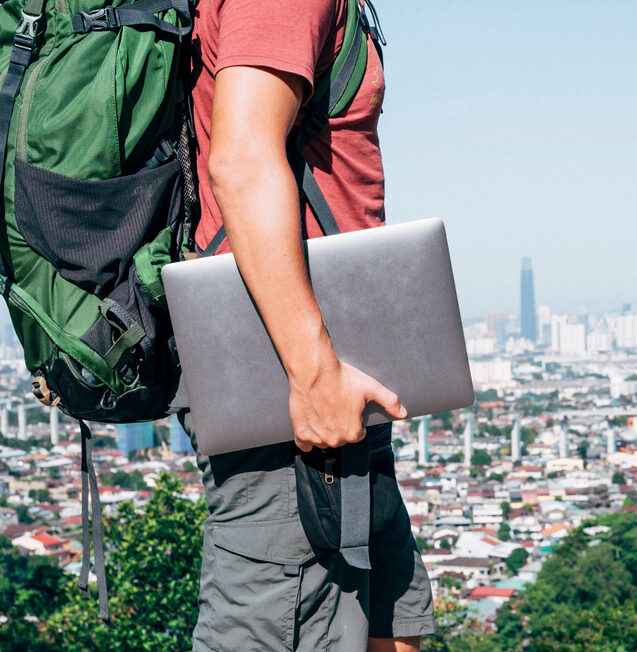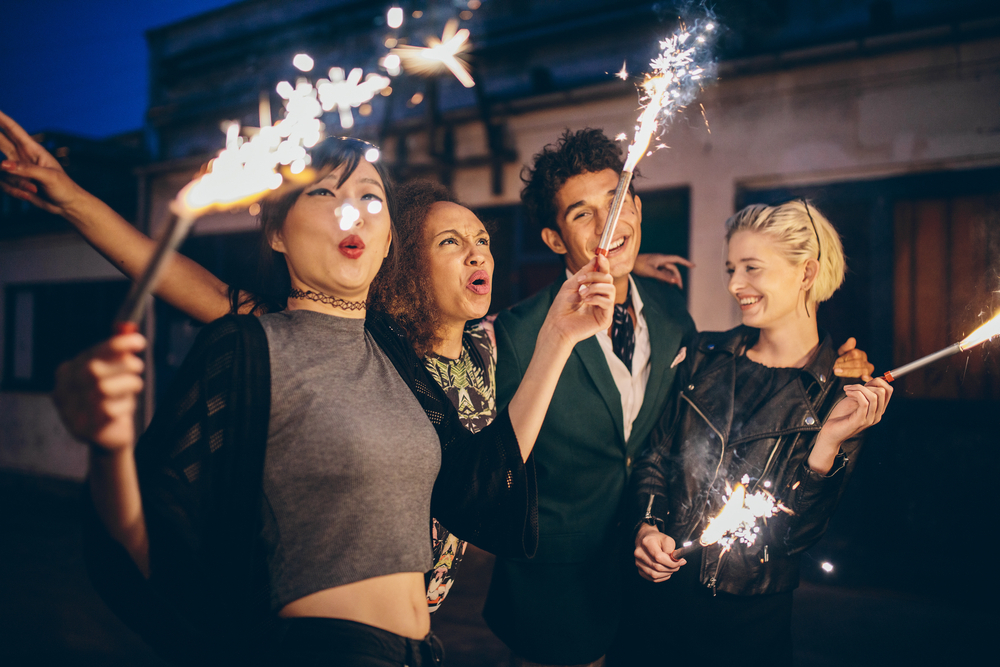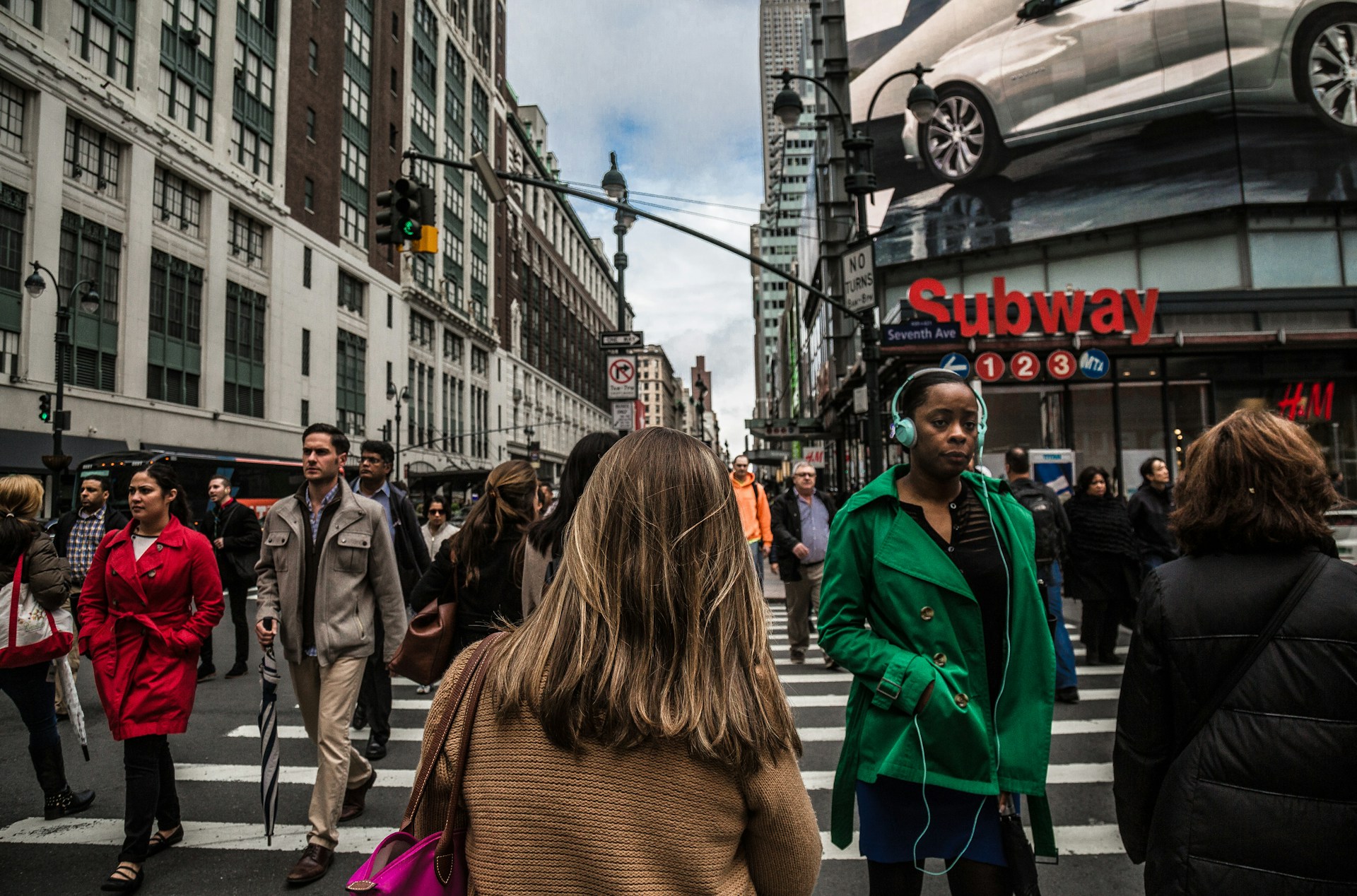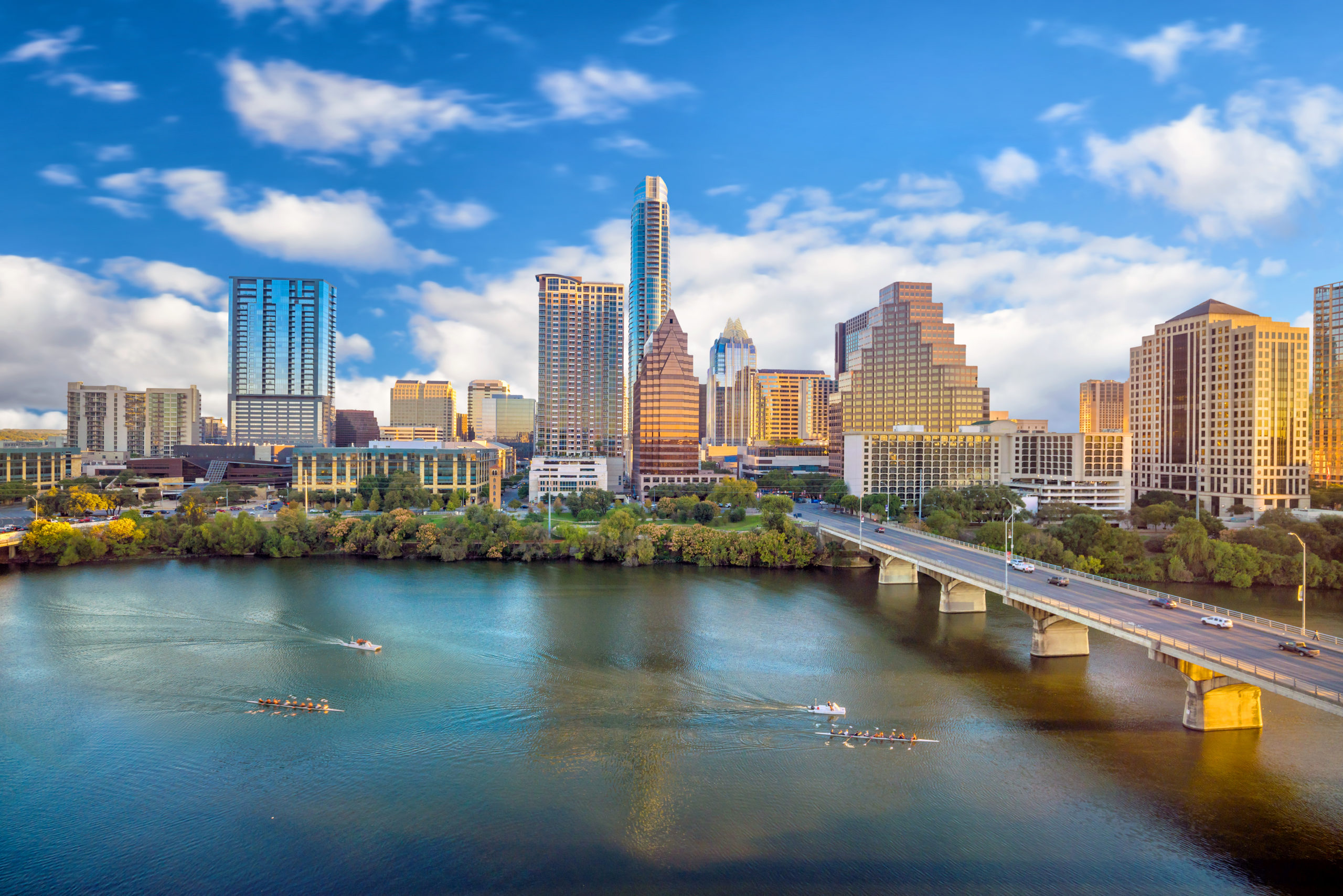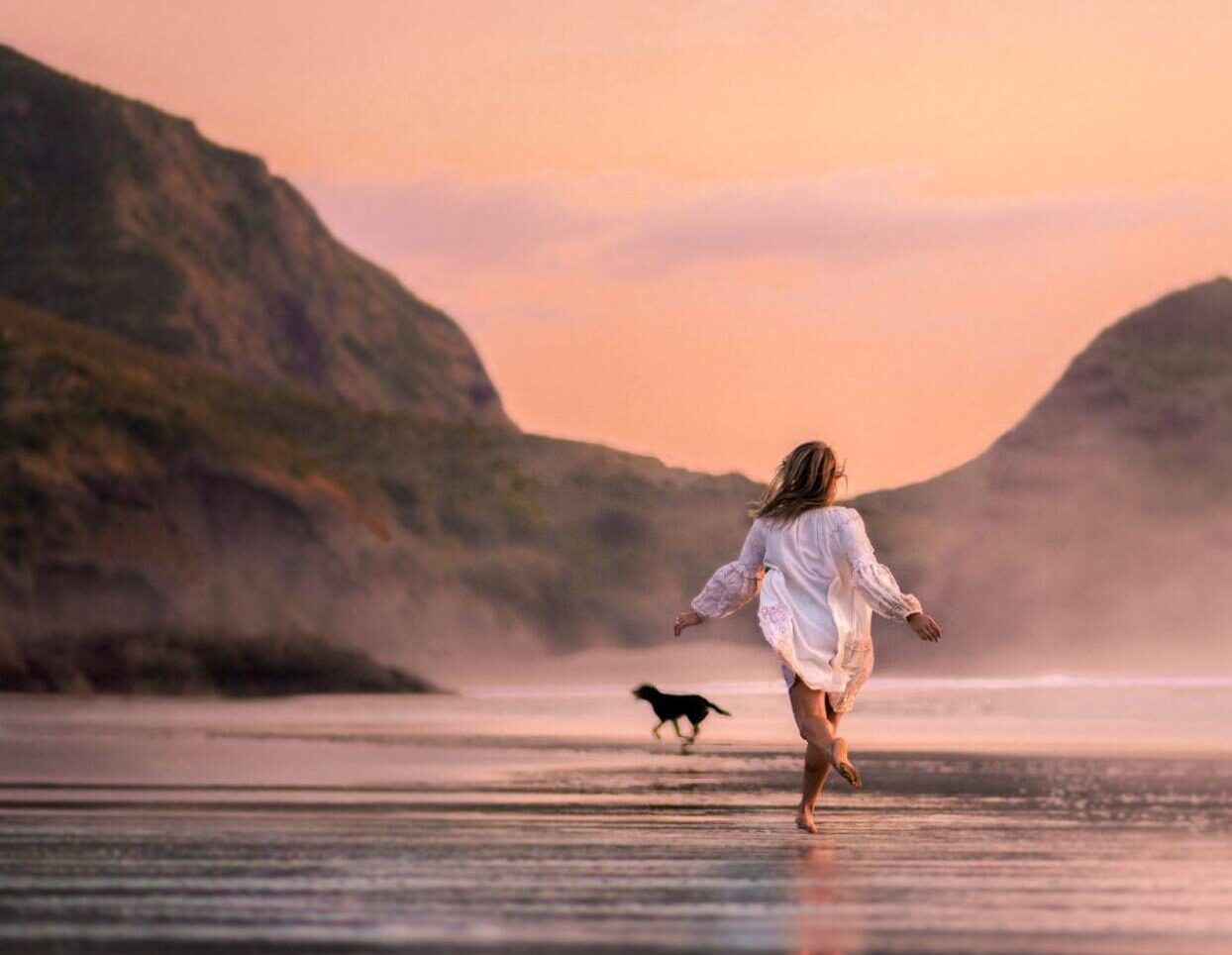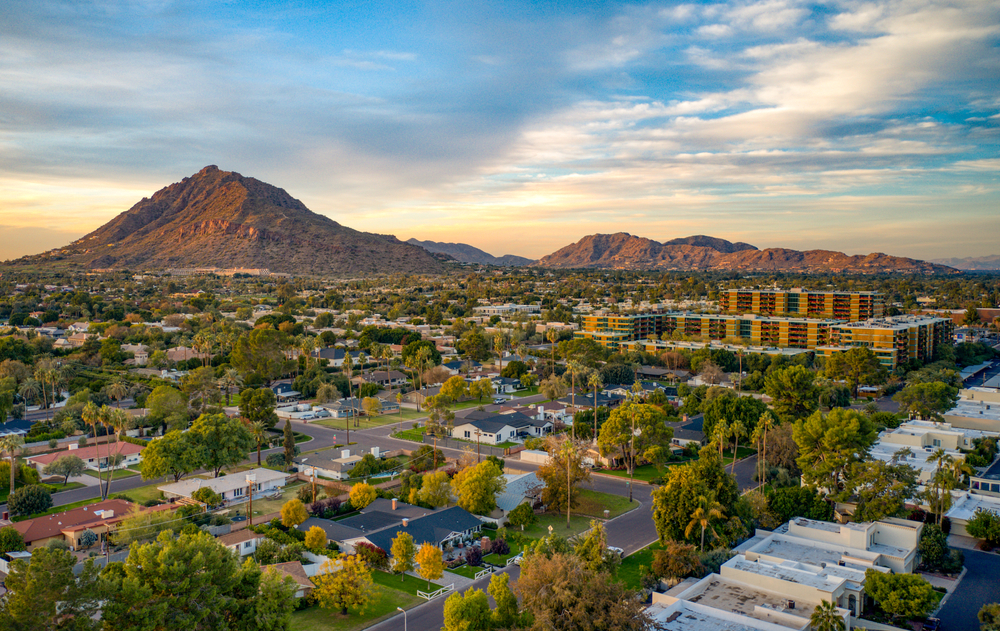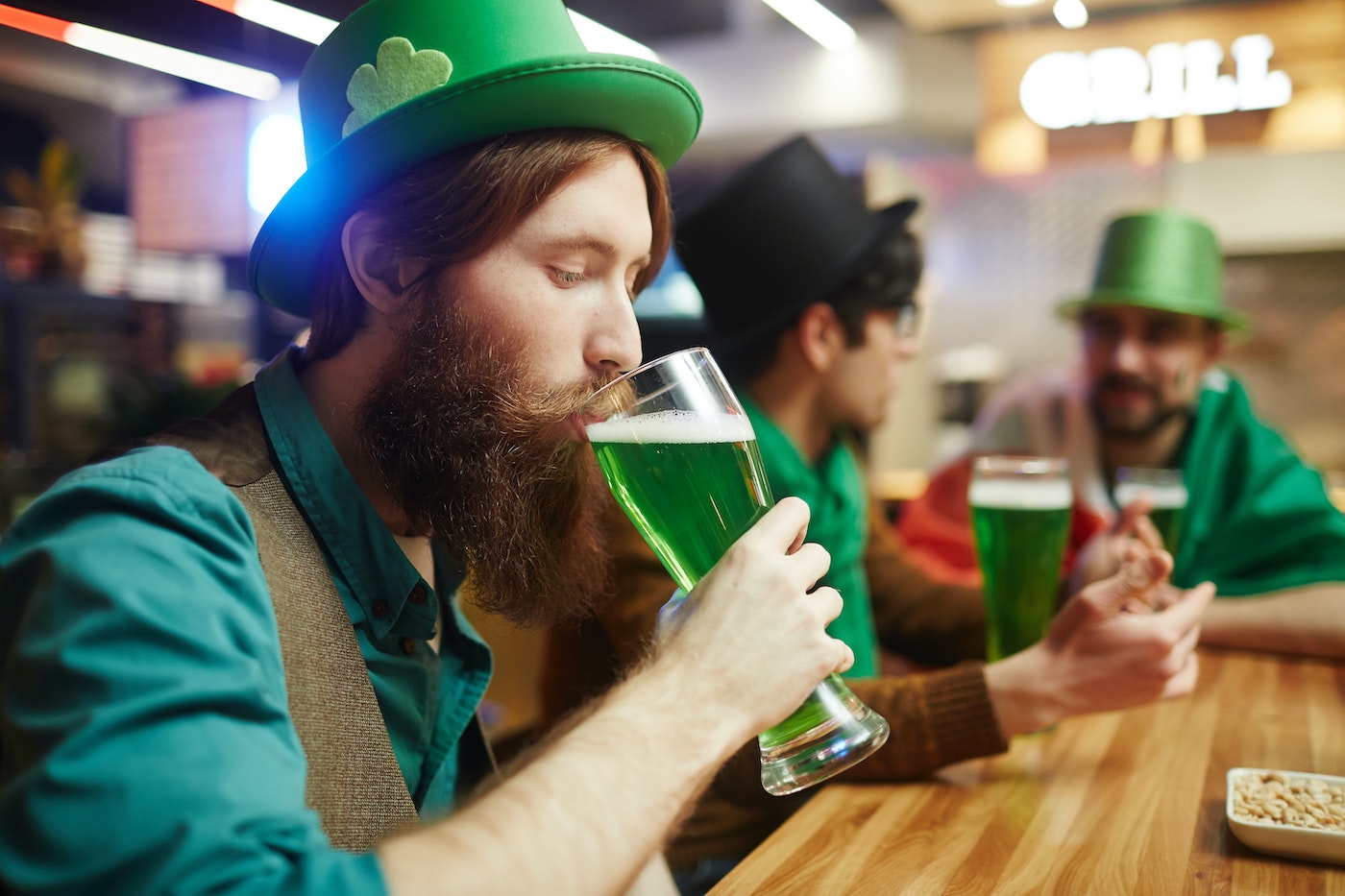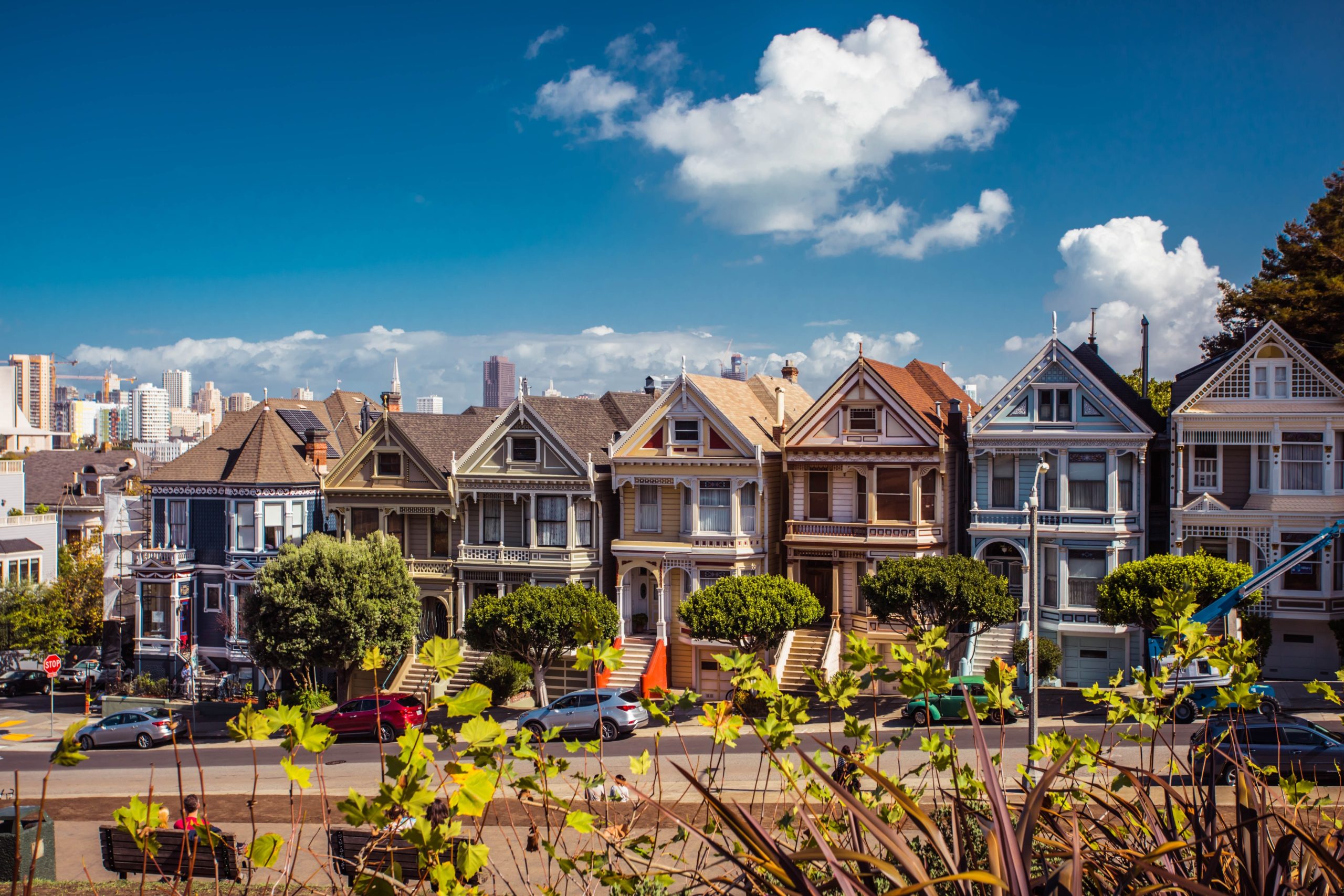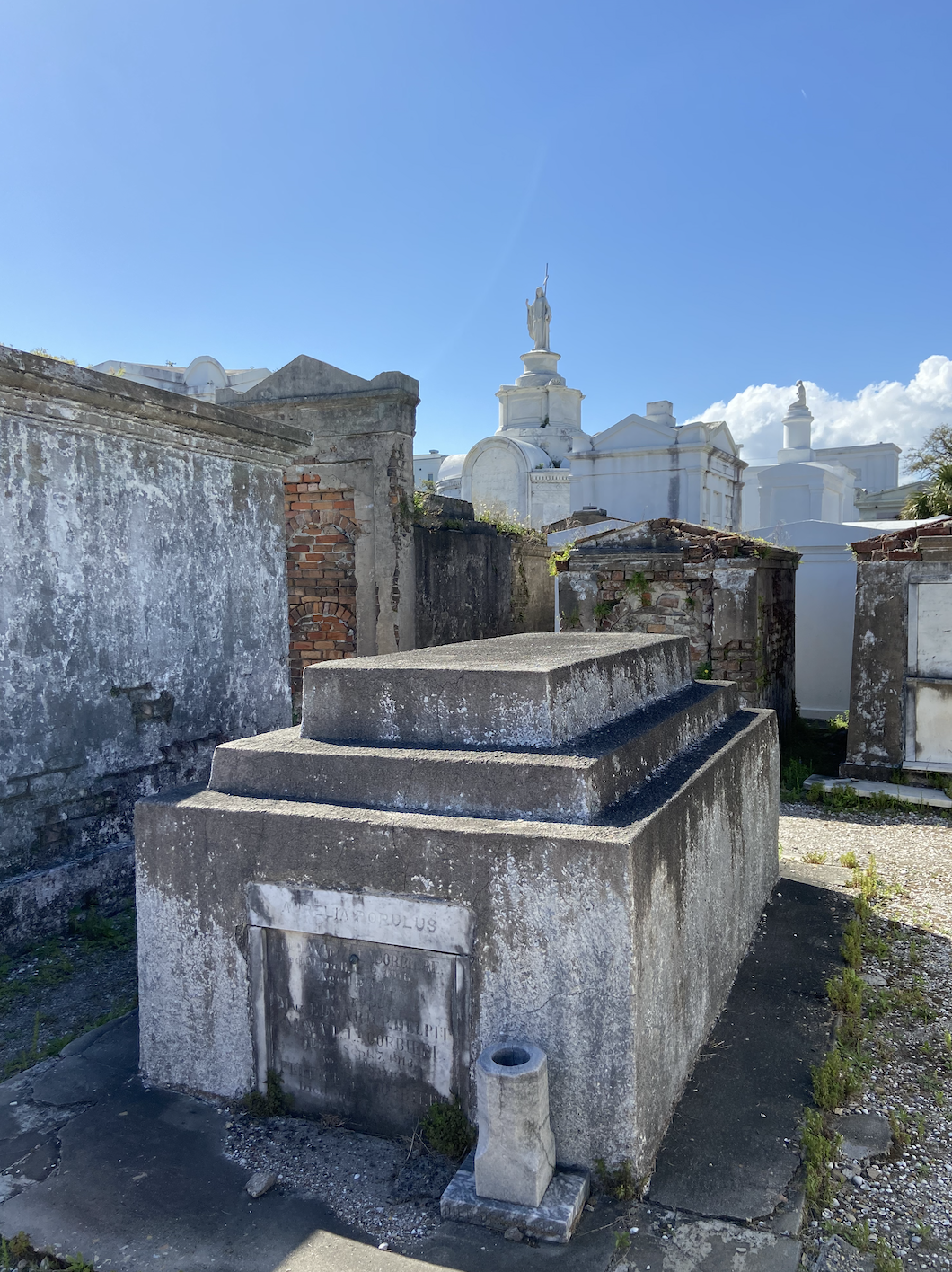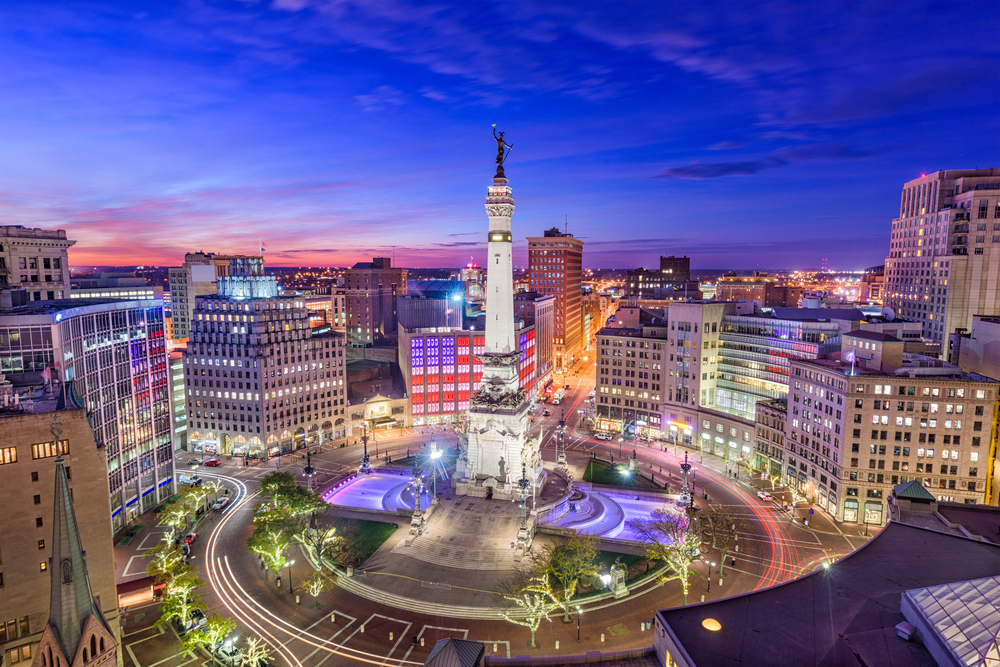
The 10 Most Gay-Friendly Cities in the U.S.
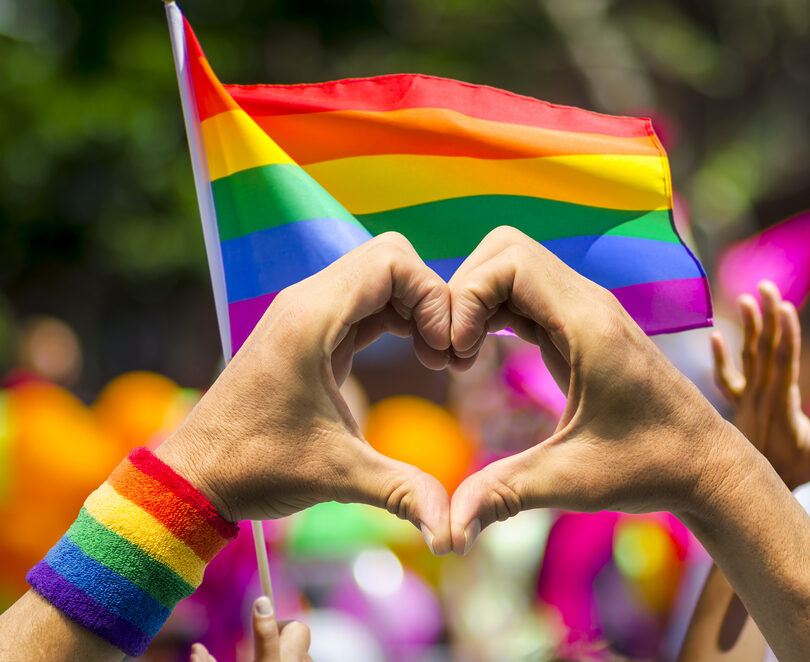
As society has become more accepting of the LGBTQ community, the “gayborhoods” of the past have become less defined by specific streets and blocks, and are now more integrated into their cities as a whole.
When traveling or choosing somewhere to live, it’s still nice to see rainbow flags and equality signs around, to know that you can hold hands in the street with your significant other without feeling uncomfortable, and to know that you’re surrounded by “family.”
With that in mind, we’ve compiled a list of the 10 most gay-friendly cities in the U.S. below, including:
- San Francisco
- New York City
- Los Angeles
- Chicago
- Washington, D.C.
- Miami Beach / Fort Lauderdale
- Atlanta
- Portland
- New Orleans
- San Diego
Let’s get started!
What makes a city gay-friendly?
The easiest way is knowing where the largest concentrations of the community are. Unfortunately, LGBTQ people are notoriously difficult to count (we’re sneaky like that!). Lingering social pressures to stay in the closet and a lack of truly representative polling both make it hard to get specific data. The U.S. census has started to include questions about sexual orientation and gender identity, so more reliable numbers are on the horizon.
Depending on the source, any list of the most gay-friendly cities in the country is going to be pretty subjective, especially after you get past the obvious choices. There are so many gay-friendly cities in the U.S. worth exploring that it can be hard to choose. It’s a little like when Myspace forced people to rank their Top 8 friends (I mean, were they actively trying to destroy relationships? Come on!).
We’ve tried to include cities that offer the broadest and richest experience for an LGBTQ person, as well as representation from different parts of the country. The prevalence of LGBTQ-owned businesses (including nightlife), community centers, LGBTQ organizations, and community events are all taken into account here.
Of course, one of the most important factors for an LGBTQ person choosing where to live or visit is going to be the safety and community support available in a city. The Human Rights Campaign has created the Metropolitan Equality Index to measure the quality of a city’s efforts to include and protect LGBTQ people, including anti-discrimination protections and the existence of community liaisons.
All of the cities we’ve included score a perfect 100 on the HRC’s Equality Index (with the exception of Washington, D.C., which, as a federal district, wasn’t included in their study).
So, without further ado, here are our picks for the top 10 most gay-friendly cities in the U.S.
1. San Francisco
No. 1 on this list shouldn’t surprise anyone. San Francisco has been the center of the LGBTQ universe in the U.S. for decades. Known for being open-minded since the Gold Rush, San Francisco became a true gay city following World War II. The Navy men and soldiers returning home passed through the major port city and realized they had more freedom to be themselves there than they would if they returned to the small towns and cities they came from.
Today, SF is home to one of the most famous gay neighborhoods in the world, the Castro. The streets of this neighborhood are lined with rainbow flags, with gay businesses every 20 feet and queer history all around you. Check out well-known bars like 440 Castro and Lookout, which is a block up Market Street from the Castro. Keep an eye out for Harvey Milk in the form of a window painting in his former home, above what used to be his camera shop and is now a Human Rights Campaign office.
The city’s second major gayborhood is SoMa (South of Market), an area known for being more alternative in vibe than the Castro’s more family-friendly late-stage gentrification. Bars like the Eagle, Powerhouse, and Lone Star—as well as the Mr. S Leather store—are some of the landmarks of SoMa.
As the cost of living in the city has gotten higher and higher, some of the queer community has migrated across the Bay Bridge to Oakland. No specific gayborhood has developed, but some LGBTQ haunts have sprung up, like Turf Club and Club 1220, to join more established ones like the White Horse Inn.
The Bay Area also hosts some of the biggest LGBTQ events in the world. In addition to the massive San Francisco Pride celebration each June, in October the city hosts the Castro Street Fair, which was created by Milk in 1974. Meanwhile, in SoMa, the Folsom Street Fair, the world’s largest BDSM and leather event (in September), and Dore Alley (in July) draw tens of thousands of attendees each year.
2. New York City
New York City was the other major port city that soldiers passed through on the way home from World War II, though LGBTQ history in the city predates that influx. New York is given credit as the birthplace of the modern gay rights movement, and there’s no question that the riot at the Stonewall Inn in 1969 (followed by the first Pride Parade the next year) was a watershed moment for LGBTQ people everywhere.
Today, Stonewall is still a functioning gay bar located in the West Village, which was the center of queer life in the city for a long time. Though not quite the gayborhood it used to be, you can still find several long-running establishments like Pieces, Ty’s Bar, and Julius’. The Village is also home to the LGBT Center, an important community organization.
Hell’s Kitchen boasts the highest concentration of same-sex couples, with a healthy number of bars and clubs to match. Ritz and Hardware are the places to dance, while Rise, Atlas Social Club, and Flaming Saddles are your chill-and-drink spots. And it shouldn’t be a surprise to find out that the Theater District next door is a hub for LGBTQ people as well.
Another important neighborhood to LGBTQ life in New York City is Chelsea. You won’t find as many bars (though the always iconic Eagle is there), but there’s plenty else to draw in the LGBTQ crowd, principally the shopping district along Eighth Avenue.
As with San Francisco, the cost of living has led to the crossing of a bridge—this time the Williamsburg Bridge. The Williamsburg neighborhood of Brooklyn has become home to a healthy queer scene of its own, with a smattering of bars to visit, like Metropolitan, Macri Park, and the Rosemont.
New York City Pride continues to be one of the largest in the world and should be on every LGBTQ bucket list.
3. Los Angeles
As one of the great entertainment capitals of the world (if not the capital), Los Angeles has long been home to many LGBTQ people. Though the Hays Code kept any mention out of movies and “morality clauses” in actors’ contracts kept them in the closet, LGBTQ life in LA was alive and well long before many other parts of the world.
Though technically an incorporated city all its own, West Hollywood is the most iconic and concentrated LGBTQ area in LA, as well as the home of LA Pride. Santa Monica Boulevard is lined with bars and restaurants catering to the gay crowd. The flagship of them all is the Abbey, the large, impressive bar and restaurant where tourists and locals alike go to drink and show off their new Botox injections. If that’s not your cup of tea, fear not! Just head east on Santa Monica Boulevard from there, and you’re sure to find something you like. Other bars include Micky’s, Rocco’s, and Trunks, among many others.
Still looking for something more laid-back? You can go a few more miles up Santa Monica Boulevard to the Silver Lake neighborhood, where you will find another cluster of LGBTQ businesses, chief among them Akbar, the Eagle, and the long-running, historic Black Cat.
Downtown LA is forming a bustling gay scene all its own with bars and restaurants like Redline and Precinct. Though some in LA might bristle at the idea of including Long Beach as part of the same entry, the nearby city includes one of the more concentrated groupings of gay bars in the region along East Broadway.
4. Chicago
With Chicago, we break away from California and New York to make our way into the middle of the country. Though not quite as closely associated with the gay community as the Big 3, Chicago is nonetheless home to one of the most famous gayborhoods: Boystown. The neighborhood was recently officially renamed Northalsted to acknowledge that the name “Boystown” doesn’t exactly reflect the full breadth of the LGBTQ rainbow, let alone everyone else.
But don’t think that the name change has made the neighborhood any less queer. There is a plethora of well-established bars and clubs like Roscoe’s Tavern, The Closet (a lesbian bar that opened in 1978), and the massive Sidetrack, which spreads out across several floors and rooms.
The nearby Andersonville neighborhood (once nicknamed Girlstown due to its lesbian population) is also a major center of LGBTQ life in Chicago, with some claiming that it is poised to overtake the former Boystown. Nobody’s Darling, Atmosphere, and bear bar SoFo Tap all call Andersonville home.
Chicago is also home to one of the longest-running pride parades, which started in 1971. The city also hosts one of the biggest gay events of the year for a certain set, International Mr. Leather (IML), when leather bars from around the country (and world) send a contestant to compete for their city.
5. Washington, D.C.
Washington D.C.‘s place in the history of the gay rights movement is sometimes under-appreciated. Activist Frank Kameny led demonstrations in the nation’s capital in response to a gay purge and witch hunt within the federal government as early as the 1950s. Participants of the Stonewall riot and the first gay pride parades would scarcely recognize these demonstrations as part of the same movement they were part of, though, since these activists were picketing in business suits and professional attire to show that they were capable and worthy employees of the government who were being discriminated against for no good reason.
D.C.’s queer life is centered around the neighboring neighborhoods of Dupont Circle and Logan Circle, situated just a stone’s throw from the White House (though we wouldn’t recommend throwing a stone at the White House—the Secret Service don’t like it). Some of the most popular spots are JR’s Bar, Nellie’s Sports Bar, Larry’s Lounge, and the Green Lantern. Over in the Adams Morgan neighborhood are twin sports bars: Pitchers for the gay men and A League of Her Own for the lesbians.
Washington, D.C. plays host to the massive Capital Pride every June, as well as IML’s little brother event, Mid-Atlantic Leather, in January.
6. Miami Beach/Fort Lauderdale
Why are we including Miami Beach and Fort Lauderdale without the city of Miami itself? Well, it turns out the city of Miami doesn’t score a 100 on the HRC’s Equality Index, losing points for a lack of some anti-discrimination protections for trans city employees.
That said, there’s no question that the greater Miami area has one of the most vibrant LGBTQ communities in the country. In Miami Beach, the gayborhood is located in South Beach (or SoBe, as it’s sometimes called), along the southern end of the barrier island that makes up the city. Most of the nightlife is centered around 12th Street Beach and Ocean Drive, including the popular dance clubs Azucar and Twist. The 12th Street Beach itself is a draw for the LGBTQ community, as one of the best gay beaches you’re ever going to find.
In Fort Lauderdale, the gay neighborhood (though technically its own city) is Wilton Manors. Georgie’s Alibi Monkey Bar, where you can eat, drink, and dance all in one place (but hopefully not all at once) is one of the biggest and busiest LGBTQ establishments in the country. Nearby are Rosie’s Bar and Grill, Gym Sportsbar, Hunters, and the Eagle. Not far from Wilton Manors, you can check out the Stonewall National Museum and Archives.
7. Atlanta
Atlanta boasts the largest LGBTQ community in the Deep South. As such, representation of the community can be found throughout much of the city, though the historical center of gay life is Midtown Atlanta. Some of the most popular businesses are Blake’s on the Park, Bulldogs, Heretic, X, and the Woof Sports Bar. The lesbian crowd will feel especially at home at My Sister’s Room, which has been operating since the 1990s.
But there are so many more! If you don’t know where to begin in experiencing Atlanta’s gay life, head to 10th and Piedmont to get started. The rainbow crosswalks will lead you on your way like an even gayer version of the yellow brick road.
In addition to general pride festivities held in October, the city hosts Atlanta Black Pride, the largest black gay pride in the world, with over 100,000 people attending.
8. Portland
Though Seattle is the larger Pacific Northwest city that could very easily have made this list, Portland was chosen instead because its personality is a little more… well, queer. Portland isn’t just its own world—it is its own multiverse. Various waves of hippies and other breeds of alternative types blending in with the blue-collar logging folk that came before give Portland a flavor all its own.
Famous for its open mind, Portland has long been LGBTQ-inclusive, and the well-established community shows it. The drag club Darcelle XV has been in operation for 54 years, and its namesake bar owner continues to perform drag there while now in her 90s, making her the oldest working drag queen in the country.
Nearby, you can find the ever-popular CC Slaughters, Scandals, and the Silverado, a famous and infamous go-go bar as only Portland could (legally) do it. Most gay businesses are in the downtown area, but if you want to find Portland’s Eagle, you’ll have to head north of downtown.
9. New Orleans
Like a lot of New Orleans tourism and nightlife, gay New Orleans is focused in the French Quarter and on Bourbon Street. Gay bars are scattered throughout the area—it’s hard to go a block without running into one. Some highlights are Bourbon Pub Parade, Oz New Orleans, Good Friends, Phoenix, and Rawhide.
In addition to its year-round festivities, the Big Easy is also host to a few major gay parties. Each Labor Day, the French Quarter is taken over by Southern Decadence, a massive street fair and nonstop party held each Labor Day. If you’re looking for something a little mellower and family-friendly, the Gay Easter Parade may be more your speed. New Orleans’ biggest event of the year is, of course, Mardi Gras. Though not specifically LGBTQ, Mardi Gras is an open and gay-friendly event.
10. San Diego
While many cities’ gayborhoods are diffusing, San Diego’s Hillcrest remains a community stronghold. San Diego‘s tradition of distinct neighborhoods each with its own personalities allows Hillcrest to retain its status as the gay center. The neighborhood is home to the dance club Rich’s, the bar Flicks, and bar/restaurants Urban MO’s and Baja Betty’s. There’s also one of the few lesbian bars/restaurants in the country, Gossip Grill.
The next neighborhood over, North Park, is San Diego’s lesser but up-and-coming gay neighborhood. It’s home to the bear bar Pecs, karaoke bar Redwing, and the San Diego Eagle.
Another one of San Diego’s biggest draws for some in the community is Black’s Beach, a gay clothing-optional beach just north up the coast. It’s a little tricky to find, but it shouldn’t be too hard to meet a local willing to show you.
Looking to move somewhere new?
Just as no two cities are the same, no two gay communities are the same. Each has unique things to offer and distinctive places to explore. Why pick just one? Landing has fully furnished apartments in over 375 cities across the U.S. to allow you to experience as many gay-friendly places as you like, along with flexible leases that make it easy to pack up and keep exploring on your terms. Learn more about what a Landing membership can do for you!
